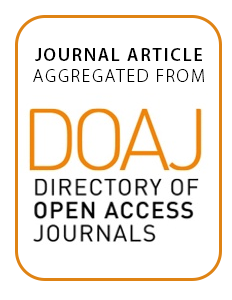Resource information
New broader, adaptable and accommodating sets of themes have been proposed to help to identify, understand and solve sustainability problems. However, how this knowledge will foster decisions that lead to more desirable outcomes and analyses necessary to transition to sustainability remains a critical theoretical and empirical question for basic and applied research. We argue that we are still underestimating the tendency to lock into certain patterns that come at the cost of the ability to adjust to new situations. This rigidity limits the ability of persons, groups, and companies to respond to new problems, and can make it hard to learn new facts because we pre-select facts as important, or not, in line with our established values. Changing circumstances demand to reappraise values like in the case of Pirsig’s monkey and its rice. There is an urgent need to go beyond such local, static and short-term conceptions, where landscape sustainability has been incorrectly envisioned as a durable, stable condition that, once achieved, could persist for generations. We argue that to manage a global transition toward more environmentally efficient and, therefore, more sustainable land-use we have to reappraise societal values at the root of overregulation and rigidity.



